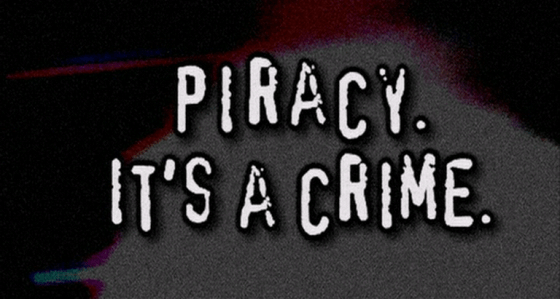More often than not, many companies are sitting on a treasure trove of intangible assets of their own…
In the world of business, ideas are highly valuable. However, due to their intangible nature, it can be hard to safeguard them once the word gets out there—but, to capitalise on them, the word also has to get out there. So, how do you protect your intellectual property?
Defined as the “creations of the human minds for which exclusive rights are recognised” by the Intellectual Property Office of Singapore (IPOS), legal protection for intellectual property falls into three basic categories: copyrights, trademarks and patents.
Copyrights protect the expression of ideas such as a musical score, a painting or a fictional novel; trademarks apply to words, names or symbols intended to identify and distinguish a brand (you may remember an example from when Taylor Swift trademarked her lyrics “this sick beat” as well as “nice to meet you, where you been?”); whereas patent is a right granted to the owner of an invention that prevents others from using it without his permission.
The Importance Of Intellectual Property
In a recent article by The Straits Times, assistant business editor Yasmine Yahya pointed out that there’s a misconception that intellectual property is only created within disruptive startups or conglomerates with research and development wealth. More often than not, many companies (especially small and medium-sized enterprises) are sitting on a treasure trove of intangible assets of their own, but they fail to realise the significance of it.
Daren Tang, chief executive of the IPOS, highlighted the importance of identifying and protecting your intellectual property during a media briefing last month: it gives you monopoly over your technology, brand and content. This, in turn, prevents competitors from leeching your ideas, and also acts as a vehicle to attract partners and funds.
In one particular case in point, EverEdge Global, an intangible assets specialist, helped a company sell for 32 times its operating profit (which would have only been four times) as they discovered that it had valuable data collated over its 30 years of operation.
Identifying Your Intellectual Property & Protecting It

If you’re a small business that finds the concept of intellectual property immensely daunting, there’s a simple framework that you can refer to modestly, which will help guide your overall thought process. It is packed into four fairly straightforward steps:
-
Identify and list of all your company’s intellectual property. This would include a list of assets in your business that may already have protection or are in the process of being protected. Then, consider if there’s anything else that might need protection.
-
Begin the process of securing ownership of that intellectual property. You can apply for patents and trademarks on the IPOS website.
As for copyright protection, there’s no need to file for registration—an author automatically enjoys copyright protection as soon as he creates and expresses his original work in a tangible form.
-
Thirdly, intellectual property must be maintained going forward. Keep records that show intellectual property ownership, licenses, and other documentation intact, and put someone trustworthy in charge of its protection.
-
Last but not least, if you own it and want to keep it, you will have to think about how you want to enforce it. Consider your legal options to remedy theft of intellectual property.
In the meantime, stay sharp against the threat of intellectual property loss. If a loss is detected, always take corrective action and learn from the incident. This will help you to address the issue better.
So, the next time you think of intellectual property, don’t just think of movie piracy or controversially trademarked lyrics. The fact that Singapore is launching a S$1 billion innovation fund to help companies with strong intellectual property strategies grow and expand overseas is further proof that intellectual property will only become more relevant than ever.



















